Settle and Carlisle Railway
The Settle and Carlisle Railway was built be the Midland Railway to give them their own route to Scotland - as far as Carlisle anyway - so they were not beholden to the LNWR. At Carlisle, it briefly joined the NER line from Newcastle, before going into Citadel Station, which was run by the Citadel Station Committee (LNWR and Caledonian Railway), and then on to Scotland on the Caledonian.
It opened to goods in 1875, and to passengers the year after.
The line runs through some bleak countryside, with few towns, and post nationalisation it became more and more run down, and was threatened with closure when the Ribblehead Viaduct needed repairs. A public campaign dissuaded government, and it remains open, and has become popular as a tourist route.
The bleak countryside makes it popular with modellers, and anyone doing modern day has a good excuse to run steam trains as they are (relatively) frequent visitors. Plus it still has semaphore signalling!
From a 3d modelling perspective, the line is attractive because the MR used the same design for most of the structure. Design one waiting room, and most stations are covered.
This post describes visits to various points along the line, and will be updated if I visit more. It is ordered from South to North. If there are no photos, I have not visited that location yet.
Settle Station
I visited Settle wanting to get photos of the footbridge to model, but when I got there realised the potential for the other buildings.
The water tower has been turned into accommodation. This design is unique to Settle I think; others were rather smaller. The area underneath was used for horses for a while.
The footbridge.
The signal box. The line still has semaphore signaling, though this box is no longer used. However, it is preserved, and you can go inside and operate the signals.
Lineside hut (and mobile phone hub to the right).
The station building. The design is used on the bigger towns on the route, also Kirby stephen and Appleby.
From the other side; note that there is no entrance from this side, passengers need to access via the platform. Was this so there was no opportunity for wind to sweep straightthough, and hence it keeps it warmer?
The waiting room; this design is seen on the other stations, sometimes on both sides. No chimney, so cold in winter!
Horton in Ribbledale
Has a small station building, and standard waiting room.Ribblehead
Ribblehead Viaduct
Not the only viaduct on the line, but the biggest and most famous. The line is now single track over the viaduct to limit stresses.
Blea Moor Tunnel
Dent
Garsdale
Garsdale station is over three miles from Garsdale, and there are precious few houses in Garsdale anyway. The reason for the station was probably a point to get water - the water troughs here were the highest in the world - and to service the junction. A line going to Hawes, and hence to Northallerton, was opened in 1878, only a couple of years after the mainline; it was part of the same Act of Parliament.
The station was was originally called Hawes Junction. The line to Hawes closed to passengers in 1959, and completely in 1964 and I guess the station was renamed because of that.
A general view. Note the water tower on the left. This was for the nearby cottages, and not the railway.
A closer look at the waiting room, almost identical to that at Settle, and signal box. The waiting room on the other side is similar, but double sided - that platform was used on both sides.
Looking northeast, you can see the Dandry Mire or Moorcock Viaduct to the left, and where the line to Hawes curved off on the right.
A class 185 Trans-Pennine Express train passed through while I was there, unheard of on this line I am told. The driver got out to take a photo of the train in the station.
Comparing the signal box to that at Settle, this one is half as long again, presumably because there were less levers in it. It also has an extension to the left of the door. This is probably the toilet, and a recent addition (between 2005 and 2009 from the photos I can find online). Originally the signal man would just go behind a bush.
The levers are at the back, which is unusual. That may be a modern alternation, but I suspect not. There is no balcony - perhaps because it is on the platform - and I think instead the man in the signal box would open a window and lean out. Note that the door is towards the front, and this was the case earlier in is history.
Kirby Stephen East
This is one of the bigger stations, with a big station building.
The waiting room is not typical. I guess it is quite recent, but done in a sympathetic style - apart from the huge windows anyway.
The goods shed is still standing. It is used by a local company, and you cannot get close without trespassing on their land. And it was quite foggy when I was there, so you really cannot see much at all.
Note the signal box on the right seems to have a flat roof.
Appleby
Another big station, with a big station building and standard waiting room. This was a junction, a line to the south went to another Kirby Stephen station, and then to Barnard Castle, and then Darlington.
To the north, a line diverged to the right, then went under the extant line, going to Penrith. A double track spur is still in place.
Long Marton
A medium sized station, now closed. Looks like the station building is a private property.
Just north of Long Marton, there is a gypsum plant, just west of the line. There are still tracks serving it.
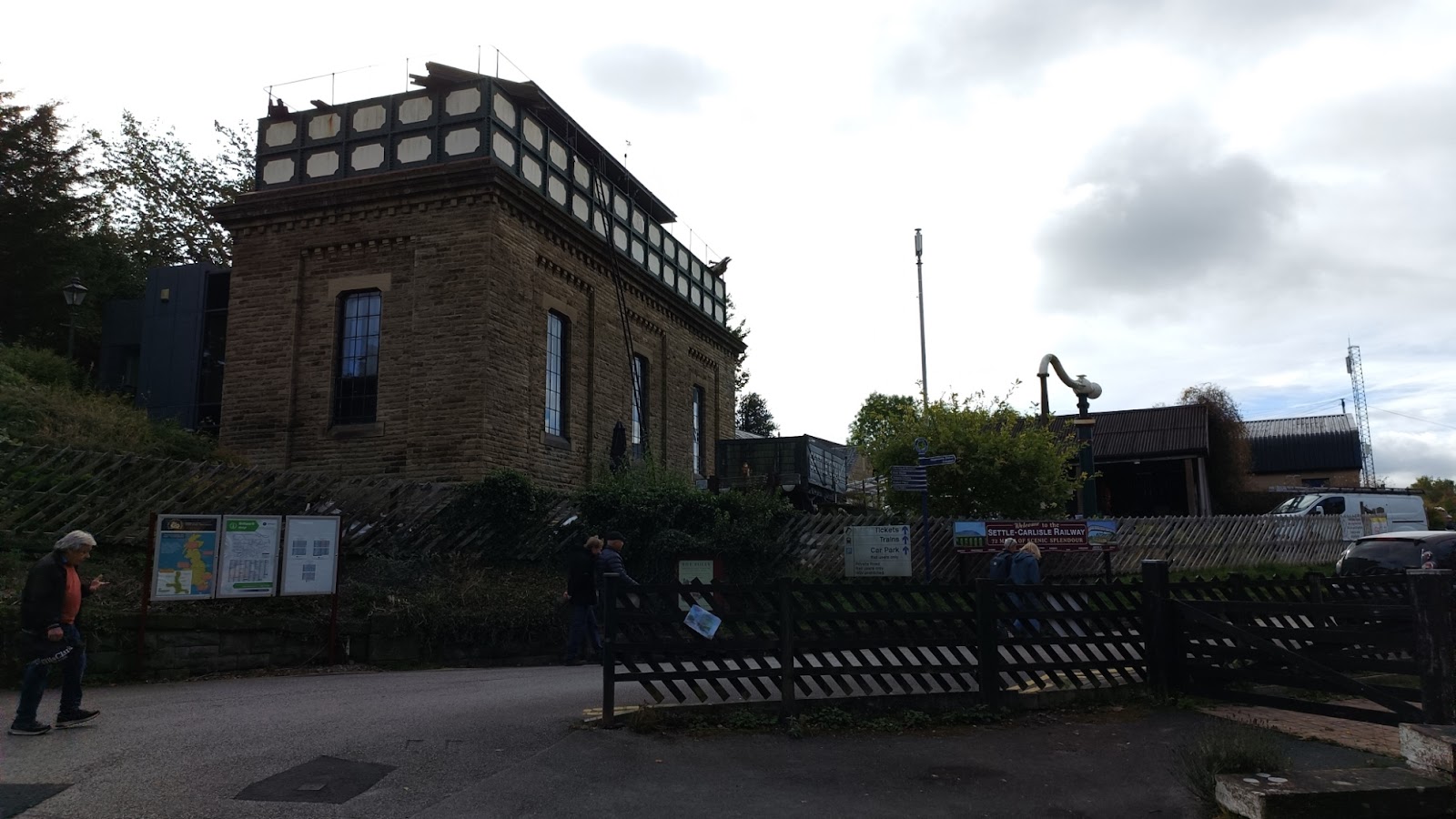

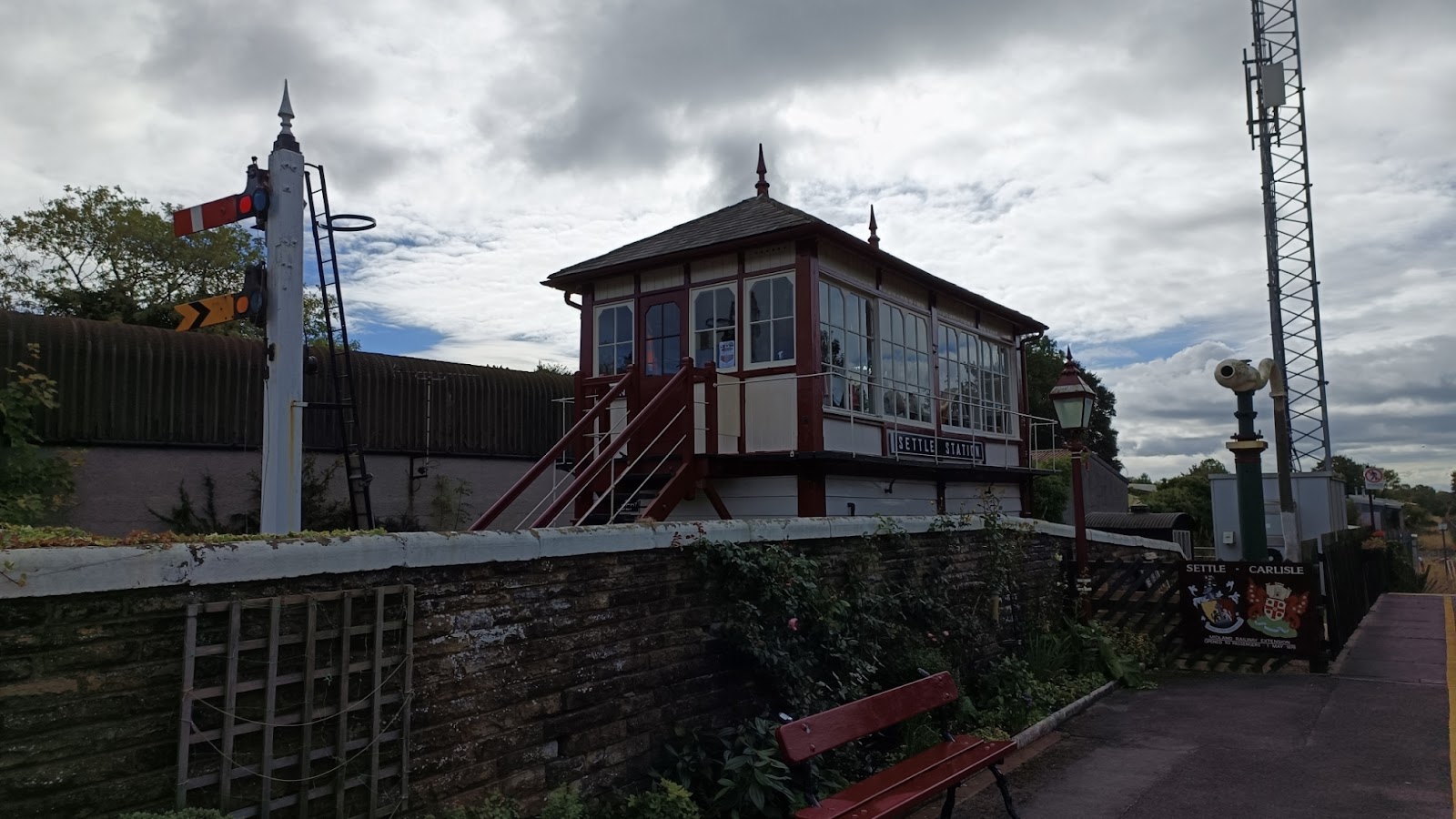
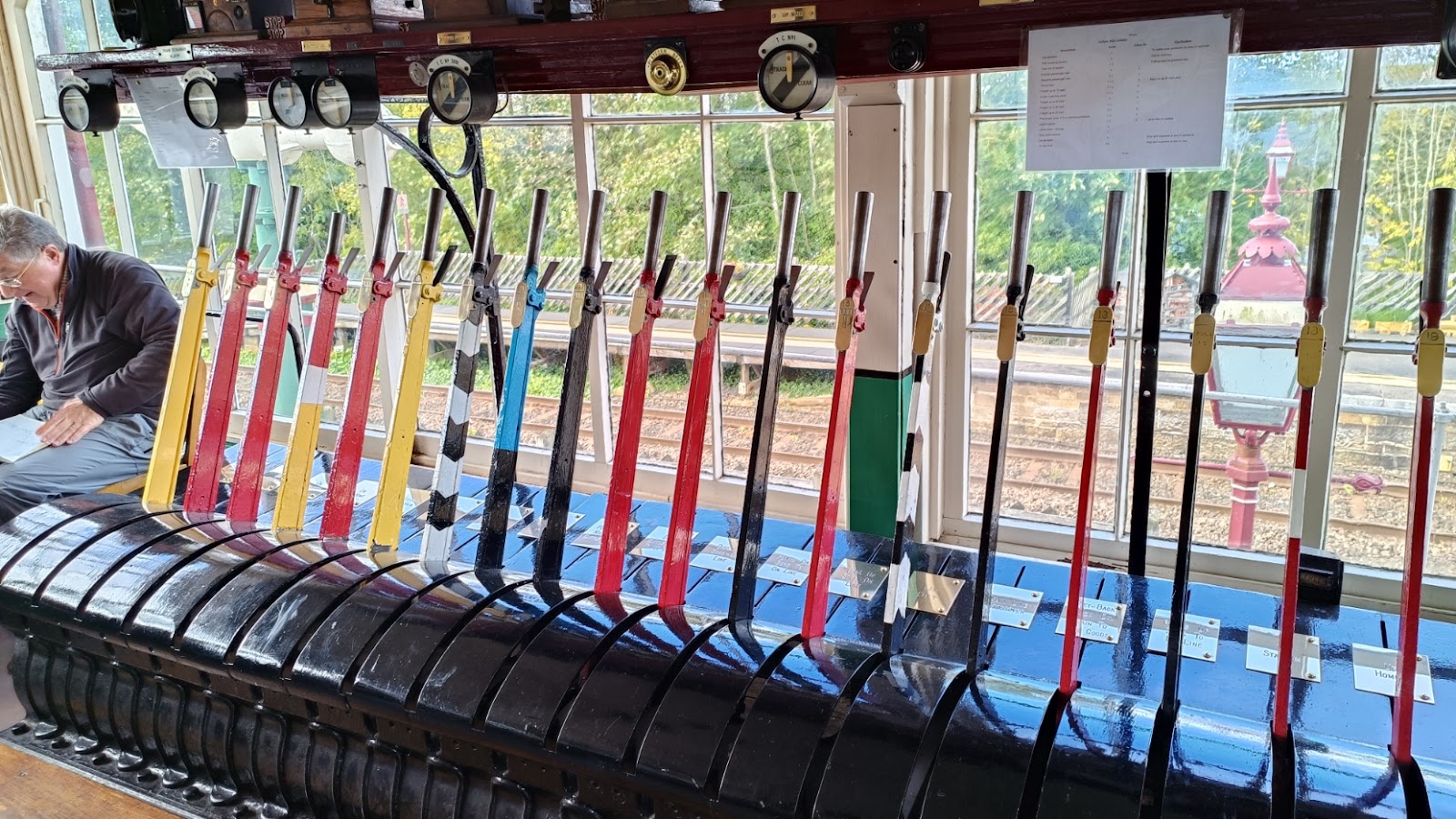








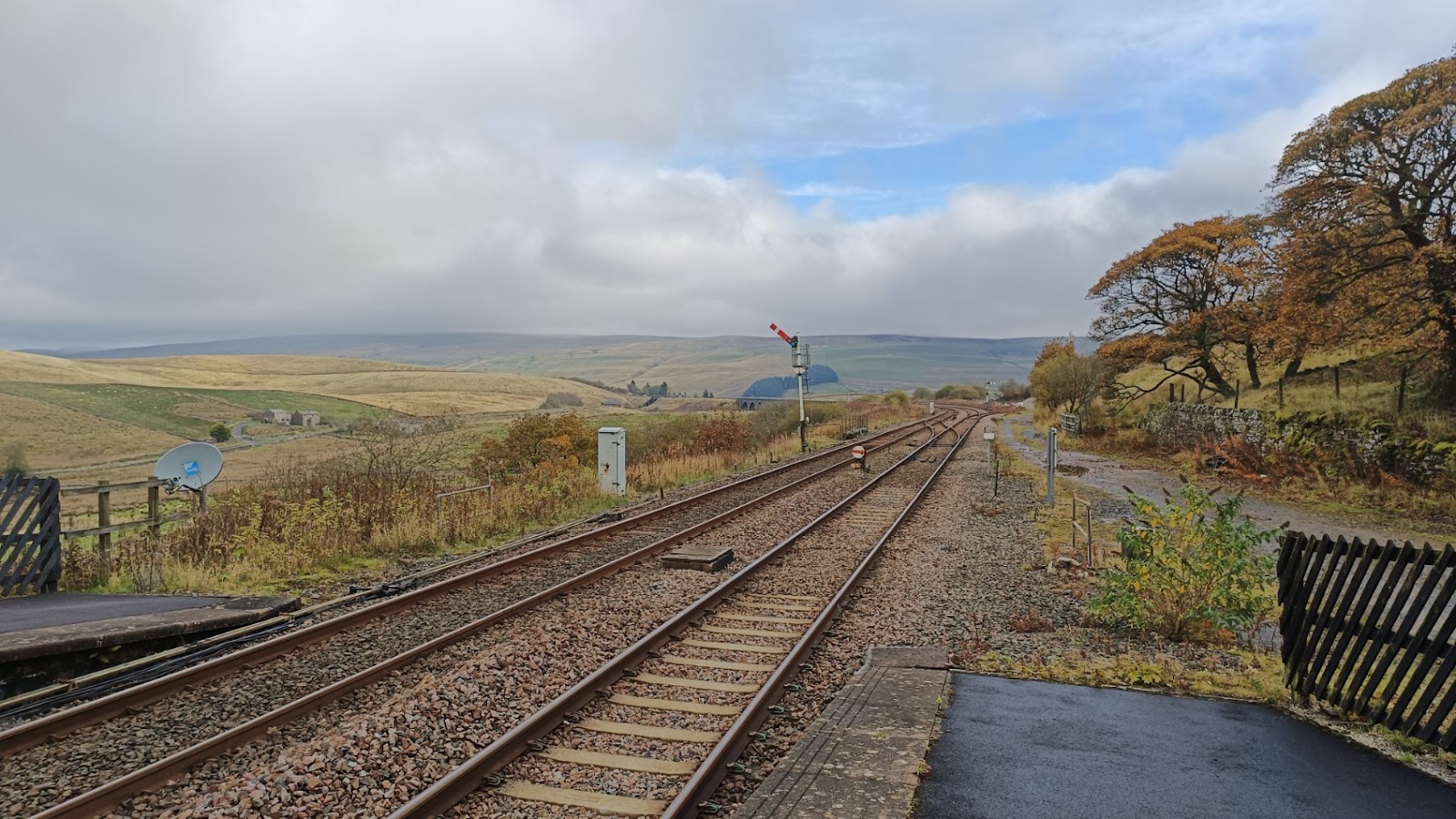








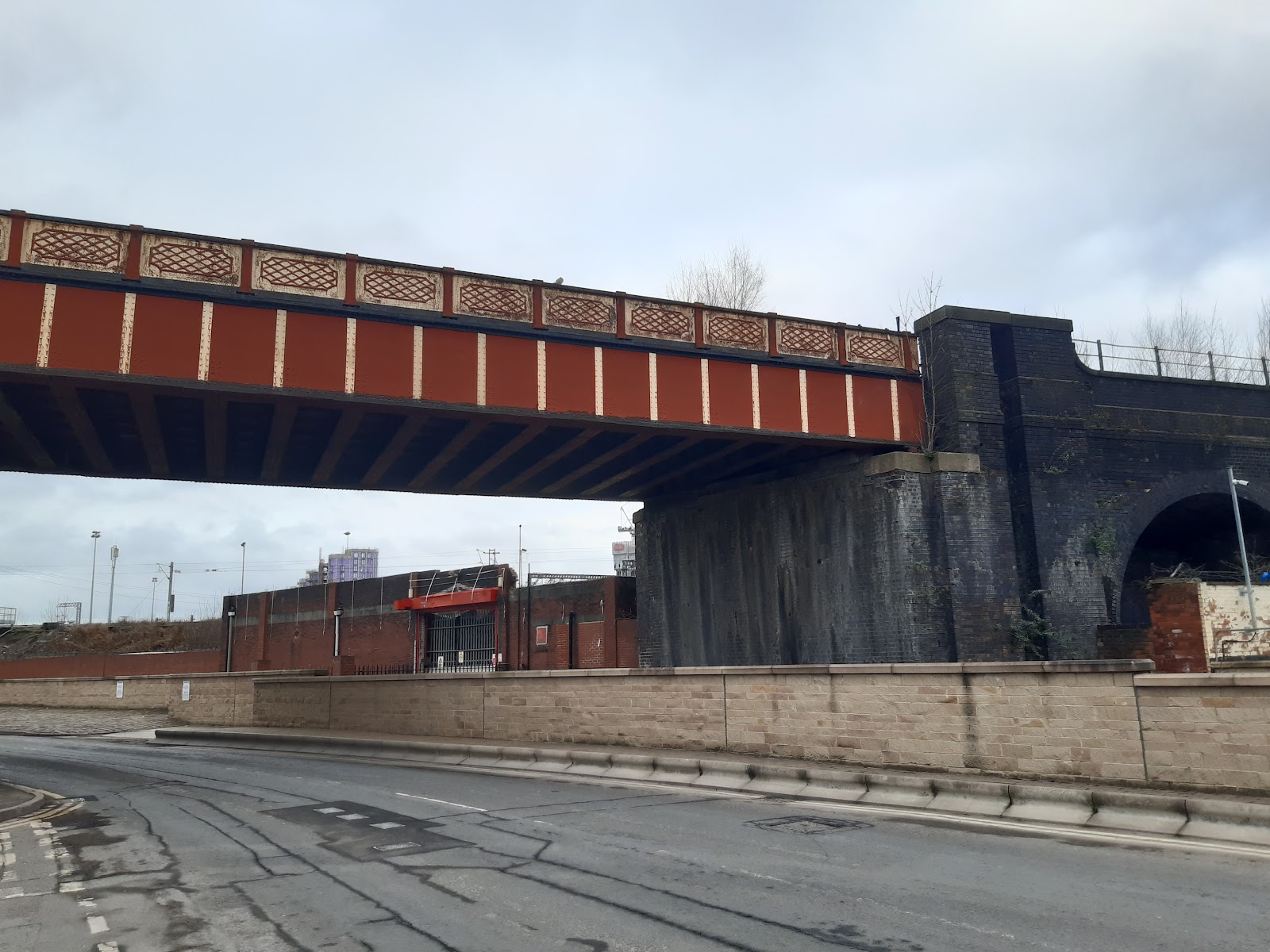
Comments
Post a Comment